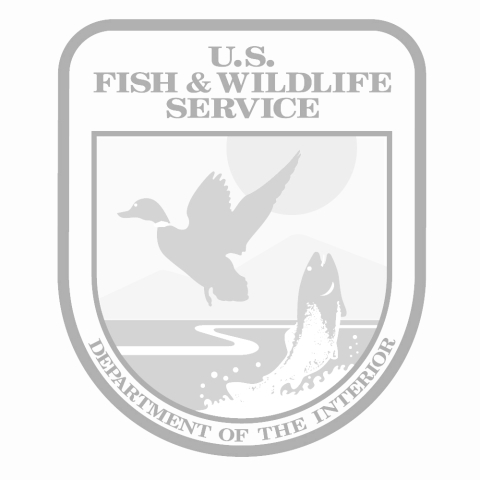States
California, Colorado, Idaho, Montana, Nevada, Oregon, Utah, Washington, Wyoming| FY25 | $150,000 | Rangewide |
Greater sage-grouse populations are currently experiencing long-term declines in abundance, but detailed knowledge of concomitant declines in distribution across the sagebrush sagebrush
The western United States’ sagebrush country encompasses over 175 million acres of public and private lands. The sagebrush landscape provides many benefits to our rural economies and communities, and it serves as crucial habitat for a diversity of wildlife, including the iconic greater sage-grouse and over 350 other species.
Learn more about sagebrush biome are lacking. We propose to expand space use and abundance layers previously developed at smaller spatial scales, combine them with range-wide habitat maps and a newly developed range-wide hierarchical population modeling framework to create a high-resolution map of greater sage-grouse distribution range-wide that can be used in concert with WAFWA's Conservation Design Strategy to guide the conservation planning process for at-risk species.
